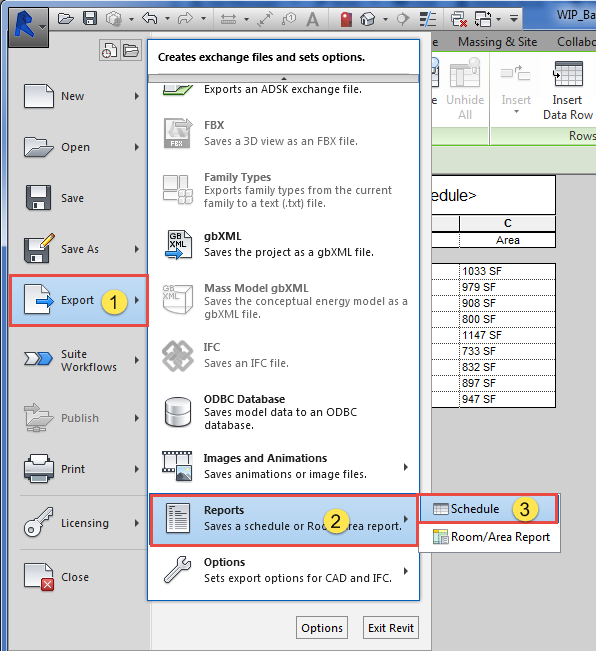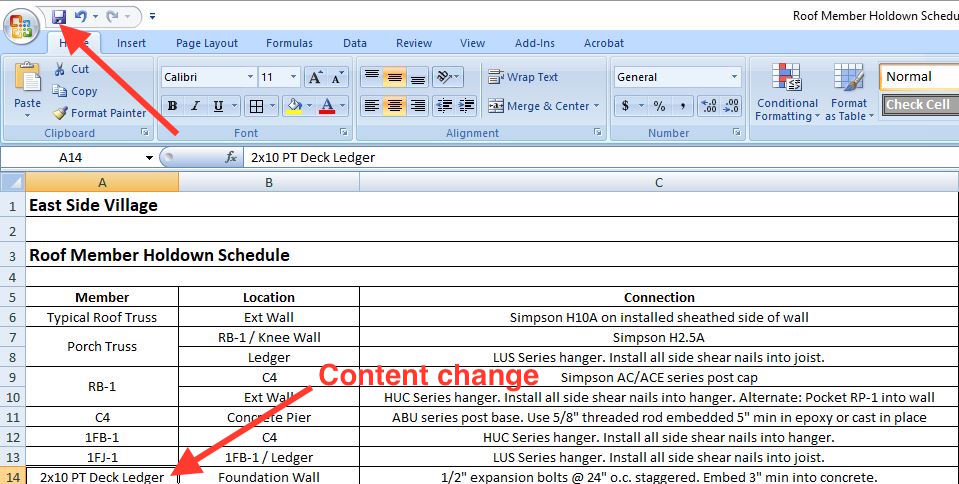Revit Tools for every single Job: Your Ultimate Layout Buddy
Wiki Article
Revit Accelerator: Excel Integration Strategies for Enhancing Performance and Cooperation
In this post, we will certainly check out the benefits of incorporating Excel right into your Revit process. And also, we will share finest practices for seamlessly incorporating Excel right into your Revit projects. Obtain ready to supercharge your Revit experience with our Revit Accelerator: Excel Combination Techniques!Benefits of Excel Combination in Revit
The advantages of Excel integration in Revit are many and can substantially boost productivity and partnership. By flawlessly linking these two powerful tools, you can simplify your workflow and conserve beneficial time. With Excel integration, you can conveniently import and export data between Revit and Excel, allowing you to leverage the strengths of both programs.
Another benefit of Excel combination is the capability to develop dynamic timetables and records. By connecting your Revit model to an Excel spreadsheet, any type of changes made in Revit will immediately upgrade in the equivalent Excel documents. This makes it very easy to create up-to-date timetables, quantity takeoffs, and other project documentation.
Excel combination in Revit likewise allows better partnership among employee. With the capability to import and export data, you can easily share details with colleagues who might not have accessibility to Revit. This advertises reliable interaction and allows for better coordination and decision-making.
Improving Workflows With Revit and Excel
Improving workflows with Revit and Excel can considerably boost efficiency and partnership. By incorporating these two powerful tools, you can maximize your design process and enhance interaction within your group. With Revit, you can create 3D versions and generate in-depth building and design documents. When it comes to information management and analysis, Excel is the go-to software program. By combining the capabilities of Revit and Excel, you can perfectly transfer data between both applications, eliminating the requirement for hands-on data entrance and minimizing the danger of mistakes.
Utilizing Revit and Excel together allows you to utilize the toughness of each program - revit tool. You can export data from Revit into Excel, where you can do intricate computations, develop charts and graphes, and examine the information in a more efficient and well organized way. On the other hand, you can import information from Excel right into Revit, enabling you to rapidly upgrade your versions and paperwork based on adjustments made in Excel
The combination of Revit and Excel also promotes collaboration amongst employee. By sharing Excel documents, you can quickly collaborate and connect on style and construction-related data. This improves coordination and ensures that everybody is dealing with the most current info.
Maximizing Collaboration With Excel and Revit
To take full advantage of cooperation with Excel and Revit, you can perfectly upgrade and share layout and construction-related data with your group. With just a few clicks, you can import Excel spreadsheets right into your Revit version, allowing you to quickly accessibility and adjust the data.One of the essential advantages of making use of Excel in combination with Revit is the capacity to upgrade data in both programs concurrently. Any kind of adjustments made in Excel will immediately be mirrored in Revit, and the other way around. This makes certain that everyone is dealing with the most up-to-date information, staying clear of complication and conserving valuable time.
Additionally, Excel provides powerful devices for assessing and arranging information, which can significantly boost your collaboration efforts. You can produce personalized records and charts in Excel, helping you to visualize and communicate important project details successfully. When offering information to stakeholders or making notified decisions based on project metrics (import excel into revit)., this can be specifically beneficial.
Advanced Techniques for Increasing Productivity in Revit Making Use Of Excel
By utilizing sophisticated methods in Revit, you can dramatically increase your efficiency by leveraging the power of Excel. One of the vital methods for increasing productivity is by utilizing Excel as a data monitoring device. With Revit's Excel integration attribute, you can connect Excel spreadsheets straight to your Revit model, permitting you to conveniently manage and update data. This combination allows you to produce timetables, determine quantities, and execute data evaluation efficiently.
In addition, you can utilize more information Excel macros to automate recurring jobs in Revit (revit add ins). Macros enable you to videotape a series of actions and play them back with a solitary click, saving you time and initiative. You can develop a macro to instantly generate space routines or update parameter values in mass.
Ideal Practices for Excel Assimilation in Revit
Utilizing Excel as a data administration tool in Revit allows for reliable administration and updating of information. One of the best techniques for Excel combination in Revit is to create a clear and arranged data framework. By complying with these best techniques, you can successfully make use of Excel as an information management device in Revit and increase your performance and partnership.Verdict
In final thought, integrating Excel with Revit can substantially boost productivity and collaboration in the design procedure. By leveraging the power of Excel, Revit customers can attain greater degrees of productivity and collaboration in their projects.With Excel integration, you can quickly import and export data between Revit and Excel, enabling you to take advantage of the toughness of both programs.
One of the key advantages of Excel combination is the capacity to use Excel formulas and functions within Revit. By linking your Revit design to an Excel spread sheet, any type of adjustments made in Revit will automatically upgrade in the matching Excel data. On the various other hand, you can import information from Excel right into Revit, enabling you to swiftly why not check here upgrade your designs and paperwork based on modifications made in Excel.
With Revit's Excel integration feature, you can connect Excel spread sheets straight to your Revit design, enabling you to easily manage and upgrade information.
Report this wiki page